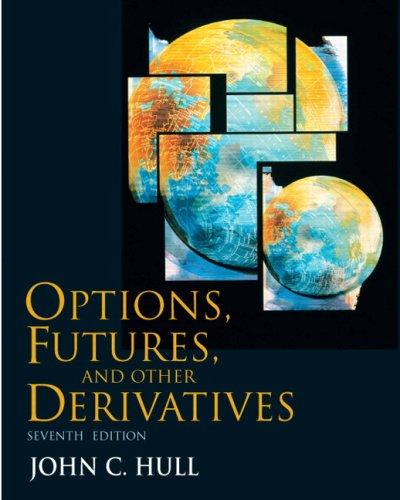Question
In the problems following, use an equity risk premium of 5.5 percent if none is specified 1. Kimberly-Clark, a household product manufacturer, reported earnings per
In the problems following, use an equity risk premium of 5.5 percent if none is specified
1. Kimberly-Clark, a household product manufacturer, reported earnings per share of $3.20 in 1993 and paid dividends per share of $1.70 in that year. The firm reported depreciation of $315 million in 1993 and capital expenditures of $475 million. (There were 160 million shares outstanding, trading at $51 per share.) This ratio of capital expenditures to depreciation is expected to be maintained in the long term. The working capital needs are negligible. Kimberly-Clark had debt outstanding of $1.6 billion, and intended to maintain its current financing mix (of debt and equity) to finance future investment needs. The firm was in steady state and earnings were expected to grow 7% a year. The stock had a beta of 1.05. (The Treasury bond rate was 6.25%, and the risk premium was 5.5%.)
A) Estimate the value per share, using the dividend discount model.
B) Estimate the value per share, using the FCFE model.
C) How would you explain the difference between the two models, and which one would you use as your benchmark for comparison to the market price?
2. Lockheed Corporation, one of the largest defense contractors in the United States, reported EBITDA of $1,290 million in 1993, prior to interest expenses of $215 million and depreciation charges of $400 million. Capital expenditures in 1993 amounted to $450 million, and working capital was 7% of revenues (which were $13,500 million). The firm had debt outstanding of $3.068 billion (in book value terms), trading at a market value of $3.2 billion and yielding a pretax interest rate of 8%. There were 62 million shares outstanding, trading at $64 per share, and the most recent beta was 1.10. The tax rate for the firm was 40%. (The Treasury bond rate was 7%, and the risk premium was 5.5%.) The firm expected revenues, earnings, capital expenditures and depreciation to grow at 9.5% a year from 1994 to 1998, after which the growth rate was expected to drop to 4%. (Capital spending will be 120% of depreciation in the steady state period.) The company also planned to lower its debt/equity ratio to 50% for the steady state (which will result in the pretax interest rate dropping to 7.5%).
A) Estimate the value of the firm.
B) Estimate the value of the equity in the firm, and the value per share.
Step by Step Solution
There are 3 Steps involved in it
Step: 1

Get Instant Access to Expert-Tailored Solutions
See step-by-step solutions with expert insights and AI powered tools for academic success
Step: 2

Step: 3

Ace Your Homework with AI
Get the answers you need in no time with our AI-driven, step-by-step assistance
Get Started


